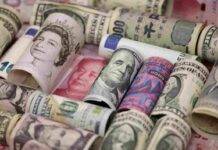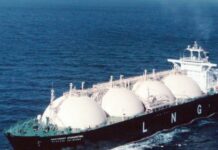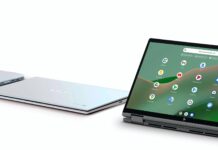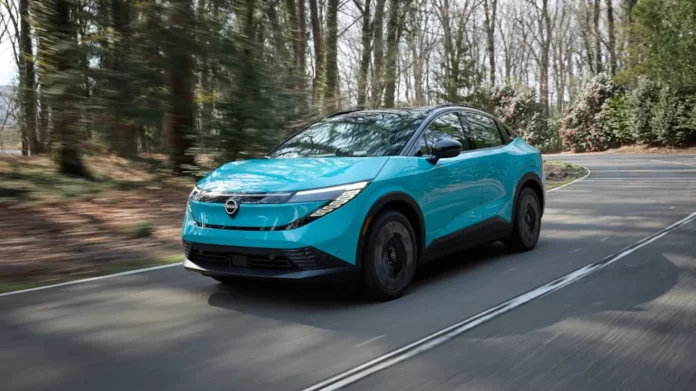Nissan launched the third-generation Leaf on Tuesday, aiming to regain ground in the electric vehicle market.
The new model will go on sale in the United States in the autumn, followed by other markets. The company is betting on the redesigned Leaf to improve its performance as it faces growing financial pressure and limited success in recent years.
The new Leaf shifts from a hatchback to a crossover design and will have a battery with up to 25% more capacity. Nissan estimates the U.S. range at up to 303 miles with a 75 kWh battery. Prices have not yet been announced. The car will be built in Tochigi, Japan, making it subject to tariffs in the U.S., but Nissan says the price will remain competitive.
EV demand in the U.S. has slowed while consumer interest in hybrids grows. Nissan does not currently sell hybrids in the U.S. market. The company hopes the Leaf can still succeed despite these challenges.
The Leaf was once the world’s top-selling electric vehicle and remains a key product for Nissan. Since its debut in 2010, nearly 700,000 units have been sold. Nissan will also manufacture the new Leaf at its Sunderland factory in Britain.
CEO Ivan Espinosa is leading a cost-cutting effort that includes plans to close seven factories and cut 11,000 jobs. These reductions follow earlier layoffs and bring the total to around 20,000.
The Oppama plant, where the original Leaf was made, could be closed, though Tochigi and Sunderland are expected to remain open.
Nissan reported a net loss of around $4.5 billion in the past financial year and has 596 billion yen ($4.1 billion) in debt due next year. The success of the new Leaf will be critical to its recovery efforts.























